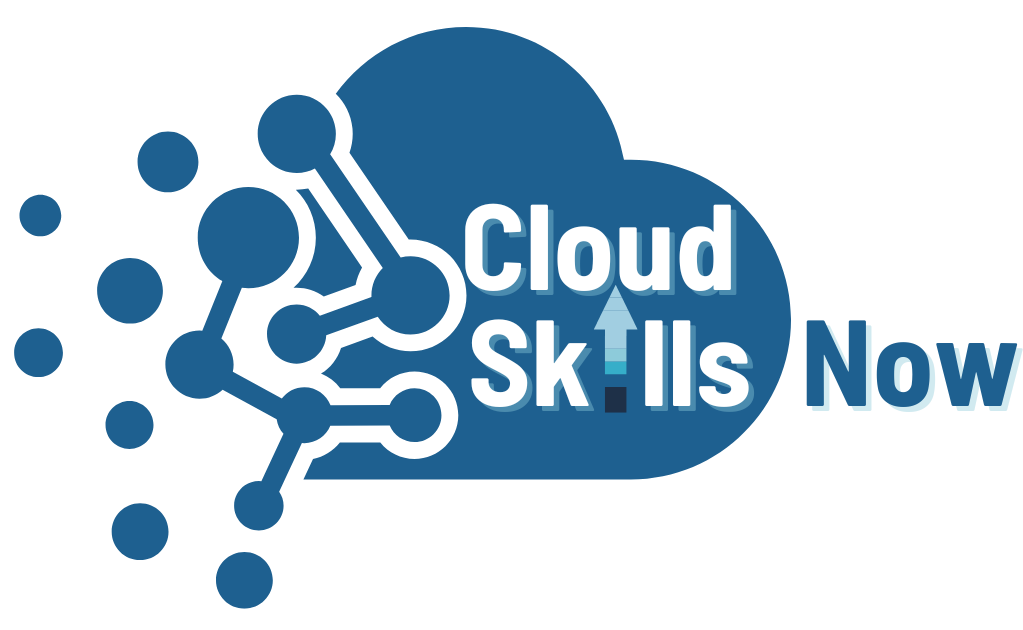CompTIA Linux+
- 5 Days Course
- Language: English
Introduction:
The CompTIA Linux+ certification equips IT professionals with the foundational and advanced skills needed to manage Linux environments effectively. As Linux continues to power 96.3% of the world’s top 1 million web servers and dominates 90% of cloud infrastructure, mastering Linux administration is crucial for IT professionals seeking to advance in system administration, cybersecurity, DevOps, and cloud computing.
This course covers essential Linux concepts, including system management, security, scripting, networking, and troubleshooting, with a focus on cloud automation and containerization. The new version of CompTIA Linux+ (XK0-005) emphasizes how Linux is integral to cloud computing, DevOps, and automation, ensuring professionals can orchestrate and scale critical business processes.
Objectives:
By the end of this course, learners will be able to install, configure, and manage Linux systems across various environments, including cloud and on-premises deployments. They will automate administrative tasks using shell scripting and Infrastructure as Code (IaC) tools, deploy and manage containerized applications with Docker and Podman, and configure secure Linux networking, including TCP/IP, DNS, DHCP, and cloud-based solutions. Additionally, they will implement Linux security best practices such as firewalls, SELinux, AppArmor, and access controls, manage system performance and troubleshooting, and utilize package management tools like APT, YUM, and DNF. The course also prepares learners for the CompTIA Linux+ XK0-005 certification, validating expertise in Linux administration, security, and automation.
Course Outline:
Module 1: Performing Basic Linux Tasks
Explore the history and development of Linux, gaining an understanding of its evolution and significance. Practice entering and executing shell commands, navigating the Linux directory structure, and utilizing built-in help features to efficiently operate within a Linux environment.
Module 2: Managing Users and Groups
Learn how to manage users and groups, including assuming superuser privileges, creating, modifying, and deleting user accounts, and querying user and group information. Configure account profiles to ensure secure and efficient system administration.
Module 3: Managing Permissions and Ownership
Discover how to modify file and directory permissions, adjust ownership settings, and configure special permissions such as SUID, SGID, and sticky bits. Troubleshoot common permission-related issues to ensure secure file access and system integrity.
Module 4: Managing Storage
Explore storage management concepts, including creating and managing partitions, configuring Logical Volume Manager (LVM), and mounting and managing file systems. Gain the skills needed to troubleshoot storage-related issues to maintain data accessibility and integrity.
Module 5: Managing Files and Directories
Develop proficiency in creating and editing text files, searching for files using tools like find, locate, and grep, and performing various file operations. Process and manipulate text file output to extract relevant data efficiently.
Module 6: Managing Kernel Modules
Learn about the Linux kernel architecture and how to install, configure, and manage kernel modules. Monitor and troubleshoot kernel modules to ensure system stability and performance.
Module 7: Managing the Linux Boot Process
Understand how to configure Linux boot components, manage GRUB 2 bootloader settings, and troubleshoot boot-related issues. These skills will ensure system recovery and reliable boot operations.
Module 8: Managing System Components
Configure localization settings, manage graphical user interfaces (GUIs), and control system services and daemons. Troubleshoot system performance issues related to CPU, memory, and active processes to maintain smooth operations.
Module 9: Managing Devices
Identify and configure different types of Linux devices, including storage, input/output, and peripheral devices. Gain experience monitoring and troubleshooting hardware-related issues.
Module 10: Managing Networking
Develop a foundational understanding of TCP/IP networking, configure Linux server roles, and set up network connections. Configure DHCP and DNS client services, implement cloud and virtualization networking concepts, and troubleshoot common networking issues.
Module 11: Managing Packages and Software
Explore various package management tools and techniques, including managing RPM packages with YUM and DNF and Debian packages with APT. Configure software repositories, install software from source code, and resolve software dependency issues.
Module 12: Securing Linux Systems
Implement Linux security best practices, including identity and access management (IAM), configuring SELinux or AppArmor, managing firewalls, and setting up logging services. Learn data backup, restoration, and security monitoring techniques to ensure system integrity.
Module 13: Working with Bash Scripts
Customize the Bash shell environment, understand scripting fundamentals, and write and execute Bash scripts. Incorporate control structures and loops to automate administrative tasks efficiently.
Module 14: Automating Tasks
Discover how to schedule jobs using cron and at, implement version control with Git, and apply orchestration concepts for automation. Develop skills to streamline system operations and increase efficiency.
Module 15: Managing Containers and Virtualization
Deploy and manage containers using Docker and Podman, as well as configure and manage virtualization technologies such as KVM and VirtualBox. These skills are essential for supporting scalable and efficient Linux operations.
Module 16: Installing and Configuring Linux
Prepare for Linux installation by learning how to perform the initial setup, configure bootloaders, and implement system recovery options. These foundational skills will help you set up and maintain a fully functional Linux environment.
Enroll in this course
$2,475.00
